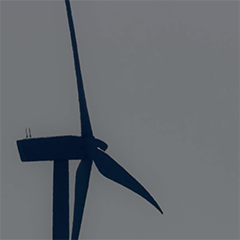Miros is a technology company that specialises in measuring the ocean surface. With over 35 years of experience engineering dry-mounted,
radar-based sensors robust enough to weather the harsh and unpredictable conditions of the North Sea, the company develops innovative solutions for real-time, local environmental monitoring for the global offshore and maritime industry. By making essential data available to all relevant stakeholders, Miros continues to develop its long track record of enhancing the safety, performance, and efficiency of offshore operations worldwide, including those related to both floating and fixed offshore wind installations.
In the run up to their latest series of webinars for the offshore wind market, Miros’ renewables lead and former offshore wind underwriter, Robert Bates, was joined by veteran offshore operations specialist, Andy Readyhough, for a conversation about risk allocation, contract disputes and the shifting sands of offshore wind insurance.
Robert Bates: When it comes to claims in offshore wind, we know that significant wave height (Hs), waiting on weather, and standby charges play a major role, but exactly how big of an issue are the related contractual disputes between contractors and their employers?
Andy Readyhough: It depends where the risk lies within the contractual structure. At the moment, developers likely have a stronger hand in the formation of contracts, and this enables them to de-risk things as much as they can. So, they’ll likely mitigate any standby or delay fees that would otherwise be to their account. Instead, they’ll push the weather risk to the contractor who would, potentially, have to submit a proposal that includes weather from the get-go.





























